AI has become a driving force behind many technological advancements in this fast world. From voice assistants to driverless autonomous cars, each of these state-of-the-art inventions shares one common feature: an AI model at their core. But how to build an AI model? In this guide, we will have a process, detailing every step simply. We’ll cover from understanding AI models to using the right tools and frameworks.
It suggests that artificial intelligence models are very important in modern applications as they allow a machine to learn from data, make decisions, and carry out tasks that had initially been reserved for human intelligence. From the prediction of stock prices to speech recognition or product recommendation. Now, let us understand deeply about building an AI models.
What is an AI model?
An AI model is a tool designed to use algorithms for the analysis of data and then act on it or predict it independently. This model learns from interacting with more and more data and increases in accuracy, hence effectiveness, over time—the very capability that makes AI models very useful in many areas. There are various types of AI models proposed for doing different things. Well, let’s dive into the various available types. The models input the given data for processing and then produce an output in the form of predictions, classifications, or decisions. The models learn from the data and hence get better over time, therefore proving to be very useful tools across industries. AI models also have different variations, let’s go through their different forms.
Growth with AI
Powered Models. Our team of 150+ experts leverages AI to
deliver innovative software solutions.
Contact us now to build AI models.
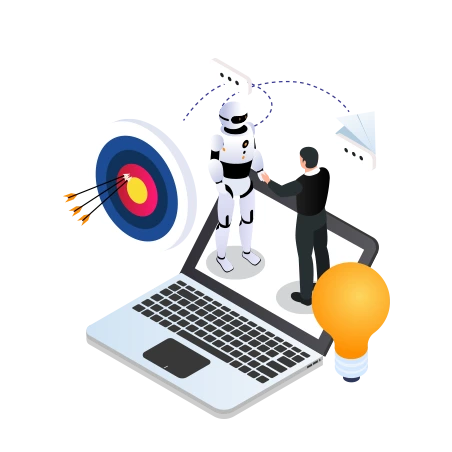
Steps to Build an AI Model
There are several steps involved to build an AI model. How to build an AI model? – a big question these days and a step forward in technology, opening up new opportunities for businesses. With your own AI model, you can automate tasks, make better decisions, and boost innovation and efficiency in your organization.
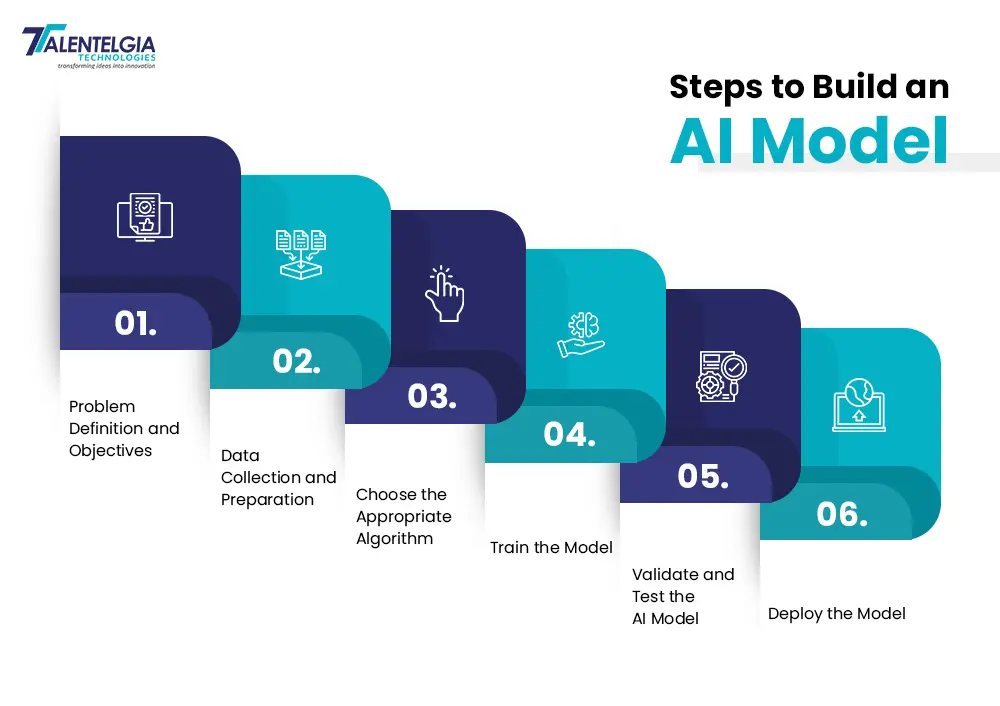
1. Problem Definition and Objectives
To create a successful AI model, start by clearly defining the problem you want to address. Next, identify your target, outline the expected outcomes, and establish the metrics for measuring success.
By focusing on these key steps, you’ll build a strong foundation for your AI model, ensuring it effectively solves the problem and meets your goals.
2. Data Collection and Preparation
Collect the data needed to train your model, making sure it’s relevant, accurate, and diverse. After gathering the data, address any inconsistencies and convert it into the necessary format.
Ensuring these steps are followed carefully will help set the stage for effective model training and better overall results.
3. Choose the Appropriate Algorithm
When choosing the appropriate algorithm for your problem, consider several important factors. First, evaluate the task’s complexity to ensure the algorithm can handle it effectively. Next, take into account the size and characteristics of your data.
Lastly, consider the computational resources you have available. By thoughtfully considering these aspects, you can select an algorithm that will best address your problem and make efficient use of your resources.
4. Train the Model
Once you’ve prepared your data, input it into the selected algorithm to begin training your AI model. During the training process, closely monitor the model’s performance to ensure it’s learning effectively.
Track key metrics, and be ready to adjust parameters as needed to improve accuracy. These parameters are very critical for model performance and optimization of its outputs to the best; hence, fine-tuning in a training phase is very important.
5. Validate and Test the AI Model
After training your model, validate it with a separate, independent dataset to check if it generalizes well to new data. Next, test the model’s performance using predefined metrics. Make sure these metrics are cross-validated to ensure they accurately reflect the model’s effectiveness.
This process helps confirm that your model not only performs well on the training data but also maintains its accuracy with new, unseen data.
6. Deploy the Model
Once the model has been validated and tested, deploy it into a production environment. In other words, deploy the model into production environments as the model is put into service, in which it starts making predictions in real time.
Types of AI Models
AI models come in different forms, with each type best suited for different tasks. The most common types are:
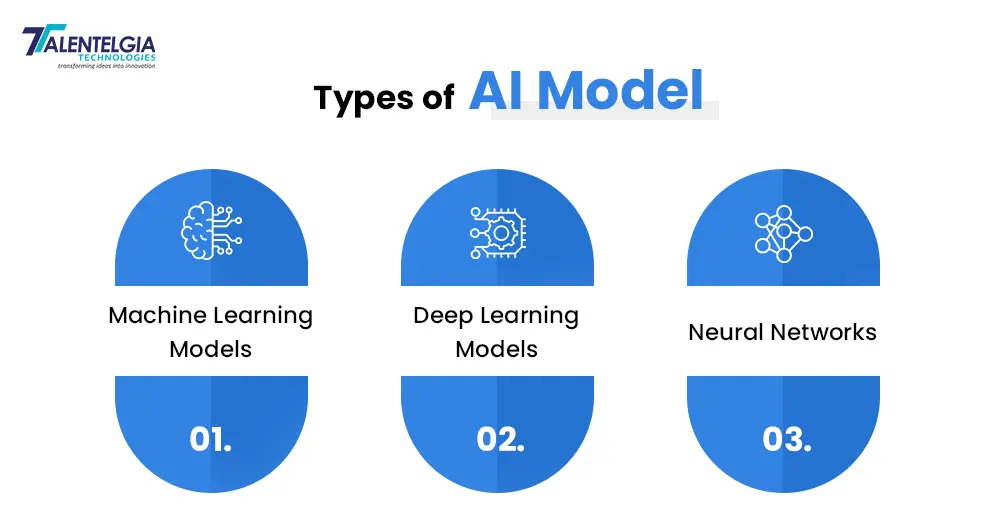
Machine Learning Models: ML models are a category of AI that learns patterns from data without explicit programming. Decision trees, support vector machines, and k-nearest neighbors are some algorithms that fall under this category.
Deep Learning Models: These are a subset of ML. They use neural networks having multiple layers when processing complex data. They are very successful in the field of image recognition and natural language processing.
Neural Networks: These are inspired by the human brain; they are interconnected nodes that perform data processing. Formed on the same principle, neural networks become the base of many deep models used for deep learning approaches applied in speech recognition, and autonomous driving, among others.
Popular Tools to Build AI Models
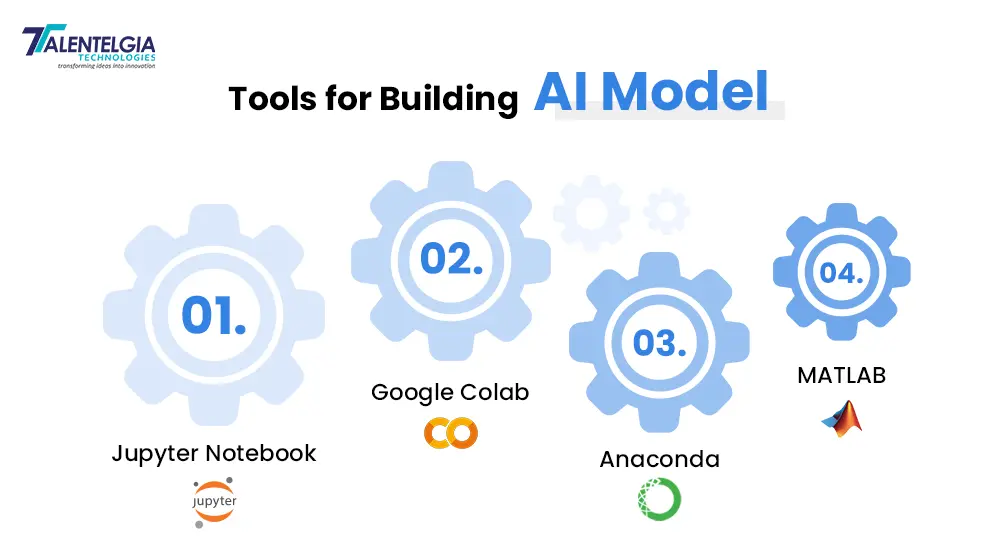
There are quite a few tools to build AI models, each with distinctive features.
Jupyter Notebook: One of the most popular tools for data analysis and model preparation is Jupyter Notebook, wherein we can write and run our code within a web framework.
Google Colab: Google Colab for a AI cloud services to build and train AI models, also using access to the GPUs to make the computations faster.
AI Models for
Visible Results Accelerate your digital transformation
with AI-powered solutions. With over a
decade of experience, we deliver AI
models tailored to your needs.

Anaconda: This Python and R distribution is open-source and helps make package management easy, with the ability to deploy development packages for AI models.
MATLAB: A high-level mathematical computing language and environment. Special toolboxes are available to perform AI and machine learning tasks.
Also Read: Free AI Tools for Web Development
AI Model Building Frameworks
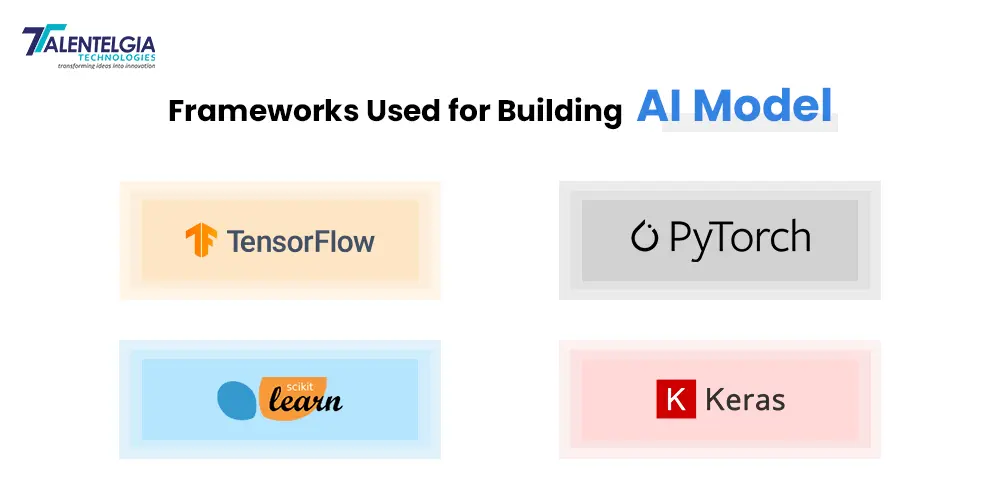
The majority of AI model users will encounter them in the form of frameworks. There are numerous frameworks. Some of the more renowned frameworks include:
TensorFlow: TensorFlow is an open-source Google framework for the development and training of deep learning models. It supports a variety of applications, from image recognition to natural language processing.
PyTorch: PyTorch is an open-source deep learning framework developed by Facebook. It has gained enormous popularity because of its flexibility and usability for research purposes, not to mention ease of use in production.
Scikit-Learn: Scikit-Learn is a Python library for machine learning, providing simple and efficient tools for data mining and data analysis. It is perfect for building conventional machine learning models.
Keras: This is a neural network high-level API in Python used to run models over TensorFlow. Keras makes building deep learning models easy.
Challenges of Developing AI Models
Developing an AI model poses several challenges, including massive amounts of high-quality data, required computational resources, and expertise in the area of machine learning algorithms. These models must be carefully trained to avoid biases, overfitting, and ethical concerns. This is done to ensure they perform accurately in diverse real-world scenarios. These challenges make AI model development a complex and demanding task.
1. Data Quality and Quantity
One of the stiffest challenges when developing an AI model is about ensuring the quality and quantity of data. Low-quality data might issue false predictions, while too little data might make the model harder to learn.
2. Model Interpretability
Deep learning and other AI models indeed become so challenging to interpret concerning the decisions they make. It is, of course, important to understand why a model made a certain prediction in the construction of uses for which the trust is maintained and the uses are ethical.
3. Overfitting and Underfitting
Overfitting results when a model takes its learning from data to a point where it starts to track random noise rather than the pattern, and underfitting when the model does not learn enough from the data. Balancing these issues is key to building a successful AI model.
4. Computational Resources
Most models, especially the deep-learning ones, require computational resources during their build-up. Some of the major requirements for training a model include powerful hardware, GPUs being one of them.
Best Practices to Train an AI Model
Training an AI model requires a strategic approach to ensure its effectiveness and reliability. This process involves iterative training, rigorous testing, and continuous monitoring to achieve optimal results and maintain ethical standards.
1. Quality in Data
To build an AI model one should never compromise on quality. Clean the data and carry out preprocessing to keep it free from inconsistencies or errors that would hamper the model’s performance.
2. Update Models Periodically
AI Models require periodic updates to remain both accurate and relevant. When new data comes in, retraining the model is necessary for its proper functioning.
3. Ethical Practices in AI
In the development of artificial intelligence, the foremost critical considerations should be in the area of ethics. Ensure that your model does not perpetuate biases or hurt users. That is to say, transparency and fairness should be the foremost in the model-building process. Also understanding the cost to develop an AI model is important to plan budget effectively.
AI Models use cases
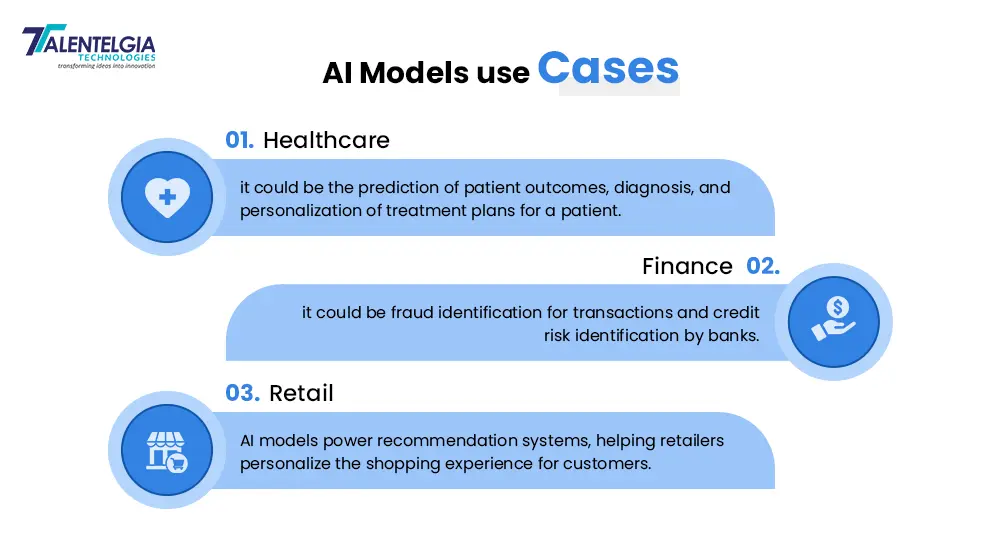
Conclusion
Building strong AI business solution requires careful planning and execution. It's a complex process where important factors like data quality, large datasets, and a well-organized data pipeline are crucial for success. We understand how vital it is to create a data-driven culture, set clear business goals, manage data effectively, and choose the right AI technologies.
By following these steps, businesses can use AI to increase productivity, drive growth, and stay innovative. Working with a leading AI development company can help you achieve your goals and fully take AI development advantages. Leveraging the latest AI advancements to deliver solutions that improve efficiency and encourage creativity in your organization.


 Healthcare App Development Services
Healthcare App Development Services
 Real Estate Web Development Services
Real Estate Web Development Services
 E-Commerce App Development Services
E-Commerce App Development Services E-Commerce Web Development Services
E-Commerce Web Development Services Blockchain E-commerce Development Company
Blockchain E-commerce Development Company
 Fintech App Development Services
Fintech App Development Services Fintech Web Development
Fintech Web Development Blockchain Fintech Development Company
Blockchain Fintech Development Company
 E-Learning App Development Services
E-Learning App Development Services
 Restaurant App Development Company
Restaurant App Development Company
 Mobile Game Development Company
Mobile Game Development Company
 Travel App Development Company
Travel App Development Company
 Automotive Web Design
Automotive Web Design
 AI Traffic Management System
AI Traffic Management System
 AI Inventory Management Software
AI Inventory Management Software
 AI Software Development
AI Software Development  AI Development Company
AI Development Company  AI App Development Services
AI App Development Services  ChatGPT integration services
ChatGPT integration services  AI Integration Services
AI Integration Services  Generative AI Development Services
Generative AI Development Services  Natural Language Processing Company
Natural Language Processing Company Machine Learning Development
Machine Learning Development  Machine learning consulting services
Machine learning consulting services  Blockchain Development
Blockchain Development  Blockchain Software Development
Blockchain Software Development  Smart Contract Development Company
Smart Contract Development Company  NFT Marketplace Development Services
NFT Marketplace Development Services  Asset Tokenization Company
Asset Tokenization Company DeFi Wallet Development Company
DeFi Wallet Development Company Mobile App Development
Mobile App Development  IOS App Development
IOS App Development  Android App Development
Android App Development  Cross-Platform App Development
Cross-Platform App Development  Augmented Reality (AR) App Development
Augmented Reality (AR) App Development  Virtual Reality (VR) App Development
Virtual Reality (VR) App Development  Web App Development
Web App Development  SaaS App Development
SaaS App Development Flutter
Flutter  React Native
React Native  Swift (IOS)
Swift (IOS)  Kotlin (Android)
Kotlin (Android)  Mean Stack Development
Mean Stack Development  AngularJS Development
AngularJS Development  MongoDB Development
MongoDB Development  Nodejs Development
Nodejs Development  Database Development
Database Development Ruby on Rails Development
Ruby on Rails Development Expressjs Development
Expressjs Development  Full Stack Development
Full Stack Development  Web Development Services
Web Development Services  Laravel Development
Laravel Development  LAMP Development
LAMP Development  Custom PHP Development
Custom PHP Development  .Net Development
.Net Development  User Experience Design Services
User Experience Design Services  User Interface Design Services
User Interface Design Services  Automated Testing
Automated Testing  Manual Testing
Manual Testing  Digital Marketing Services
Digital Marketing Services 
 Ride-Sharing And Taxi Services
Ride-Sharing And Taxi Services Food Delivery Services
Food Delivery Services Grocery Delivery Services
Grocery Delivery Services Transportation And Logistics
Transportation And Logistics Car Wash App
Car Wash App Home Services App
Home Services App ERP Development Services
ERP Development Services CMS Development Services
CMS Development Services LMS Development
LMS Development CRM Development
CRM Development DevOps Development Services
DevOps Development Services AI Business Solutions
AI Business Solutions AI Cloud Solutions
AI Cloud Solutions AI Chatbot Development
AI Chatbot Development API Development
API Development Blockchain Product Development
Blockchain Product Development Cryptocurrency Wallet Development
Cryptocurrency Wallet Development About Talentelgia
About Talentelgia  Our Team
Our Team  Our Culture
Our Culture 
 Healthcare App Development Services
Healthcare App Development Services Real Estate Web Development Services
Real Estate Web Development Services E-Commerce App Development Services
E-Commerce App Development Services E-Commerce Web Development Services
E-Commerce Web Development Services Blockchain E-commerce
Development Company
Blockchain E-commerce
Development Company Fintech App Development Services
Fintech App Development Services Finance Web Development
Finance Web Development Blockchain Fintech
Development Company
Blockchain Fintech
Development Company E-Learning App Development Services
E-Learning App Development Services Restaurant App Development Company
Restaurant App Development Company Mobile Game Development Company
Mobile Game Development Company Travel App Development Company
Travel App Development Company Automotive Web Design
Automotive Web Design AI Traffic Management System
AI Traffic Management System AI Inventory Management Software
AI Inventory Management Software AI Software Development
AI Software Development AI Development Company
AI Development Company ChatGPT integration services
ChatGPT integration services AI Integration Services
AI Integration Services Machine Learning Development
Machine Learning Development Machine learning consulting services
Machine learning consulting services Blockchain Development
Blockchain Development Blockchain Software Development
Blockchain Software Development Smart contract development company
Smart contract development company NFT marketplace development services
NFT marketplace development services IOS App Development
IOS App Development Android App Development
Android App Development Cross-Platform App Development
Cross-Platform App Development Augmented Reality (AR) App
Development
Augmented Reality (AR) App
Development Virtual Reality (VR) App Development
Virtual Reality (VR) App Development Web App Development
Web App Development Flutter
Flutter React
Native
React
Native Swift
(IOS)
Swift
(IOS) Kotlin (Android)
Kotlin (Android) MEAN Stack Development
MEAN Stack Development AngularJS Development
AngularJS Development MongoDB Development
MongoDB Development Nodejs Development
Nodejs Development Database development services
Database development services Ruby on Rails Development services
Ruby on Rails Development services Expressjs Development
Expressjs Development Full Stack Development
Full Stack Development Web Development Services
Web Development Services Laravel Development
Laravel Development LAMP
Development
LAMP
Development Custom PHP Development
Custom PHP Development User Experience Design Services
User Experience Design Services User Interface Design Services
User Interface Design Services Automated Testing
Automated Testing Manual
Testing
Manual
Testing About Talentelgia
About Talentelgia Our Team
Our Team Our Culture
Our Culture
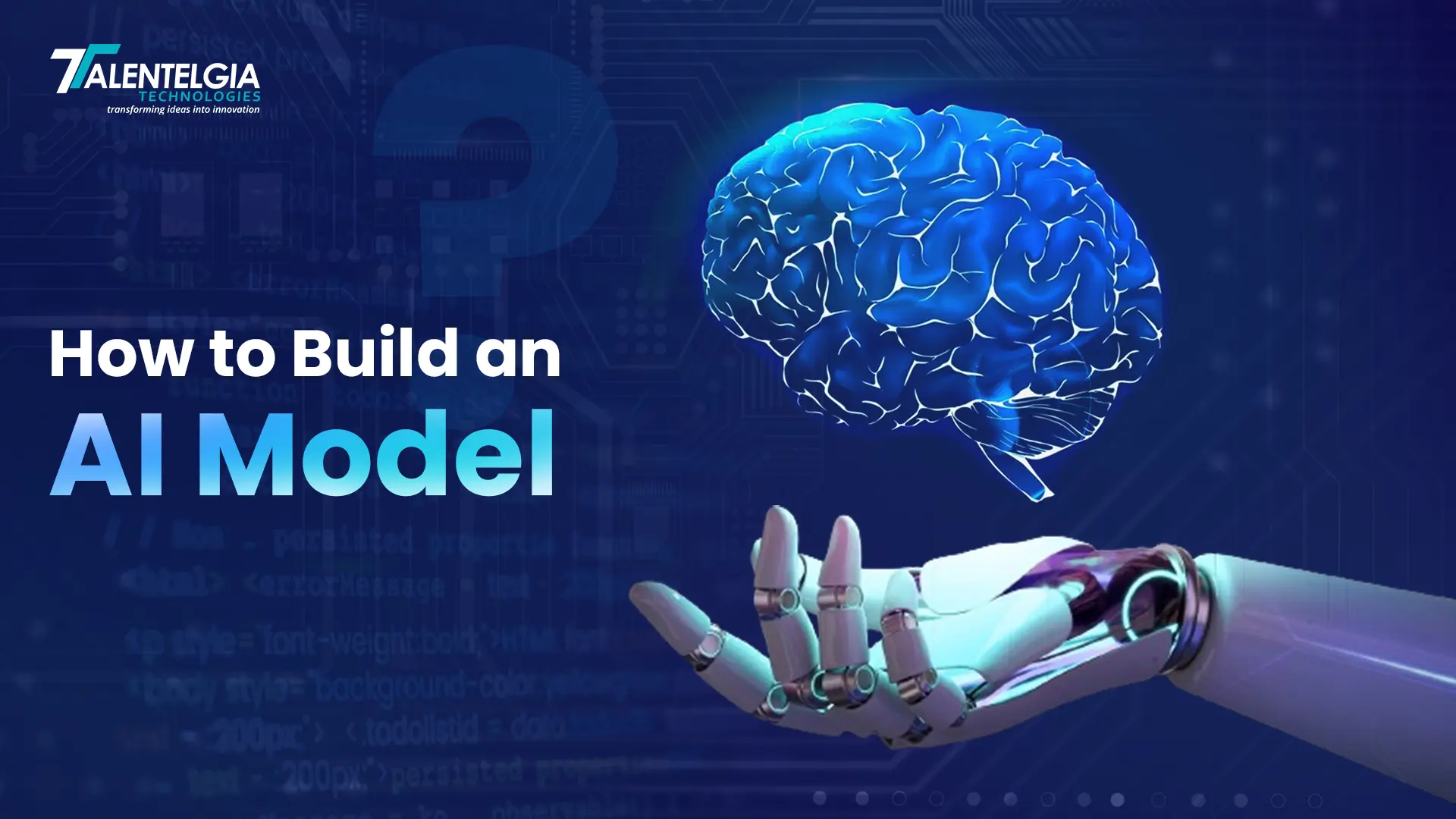

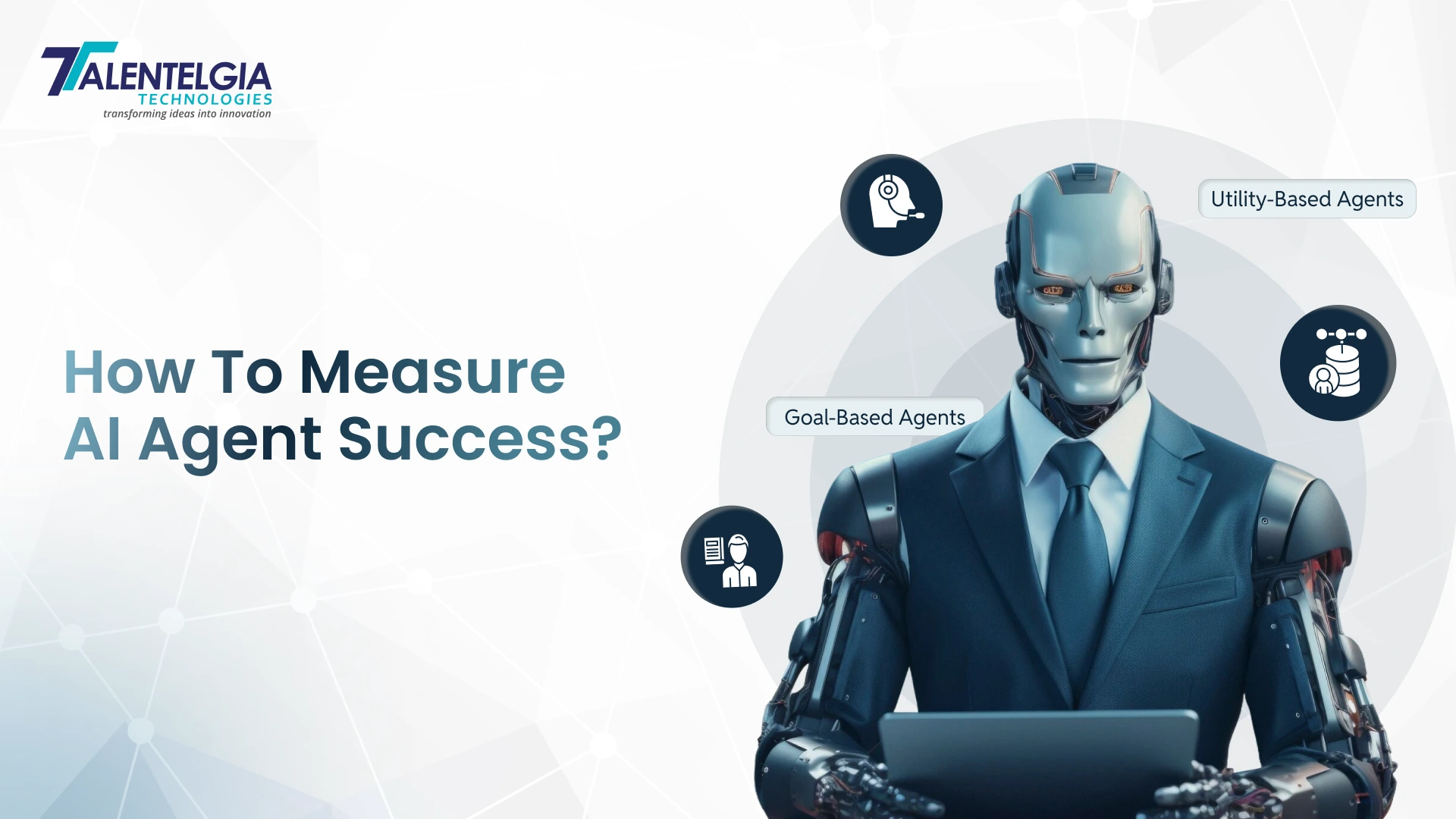


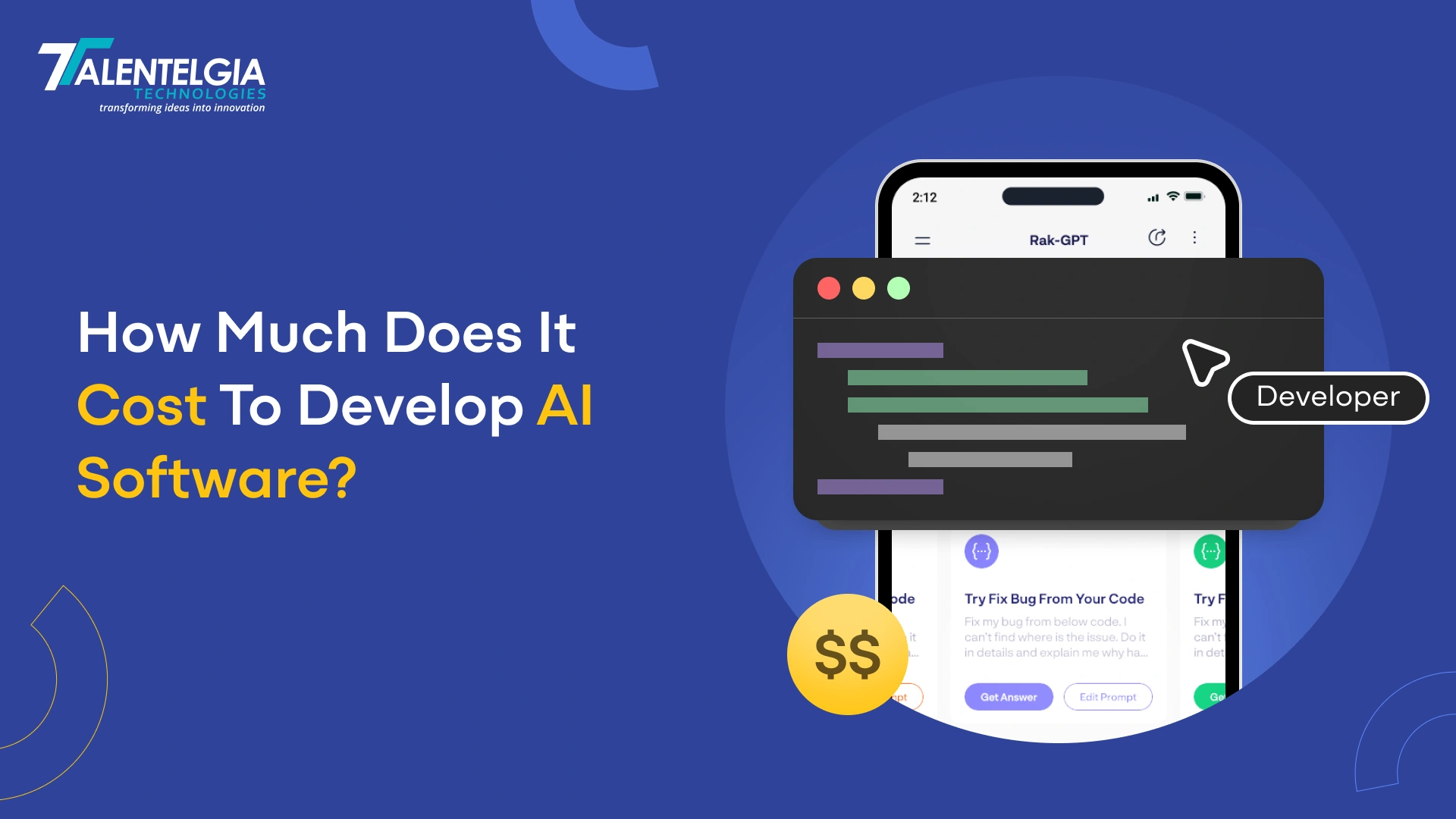












 Write us on:
Write us on:  Business queries:
Business queries:  HR:
HR: 





